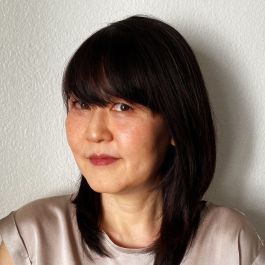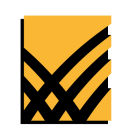Ask any company that calls itself “customer-centric” to define the term and you’ll likely receive a version of the following: “This is company puts customers at the center of everything it does.”
This answer perfectly encapsulates what customer-centric means for customers, but it notably leaves out any description of the employee experience. Employees at customer-centric companies do work differently than those at other companies, and this difference cannot simply be chalked up to the presence of a customer success team.
Take BlackLine, a Woodland Hills-headquartered fintech firm whose goal is to become the dictionary definition of a customer-centric SaaS company. It created a customer advisory board in pursuit of this goal, which is made up of customers of all sizes and funnels up user suggestions and frustrations to the product team. This direct feedback channel helps Claire Kwon, director of product design, and her team craft more accurate user personas when creating journey maps.
“It is critical to understand the persona’s process, tools, channels, emotional experience and problems in each phase during the user journey,” Kwon told Built In. “Research and collaboration guide us to see the most common patterns and learn edge cases. We all care about user experience and frustrations at BlackLine.”
Access to this type of user feedback is invaluable, especially at companies whose user base can, at least at first glance, seem monolithic. While BlackLine’s user base shares similarities — its software helps accounting teams streamline the monthly closing process through automation — there is no one all-encompassing user persona, and being part of a customer-centric company makes it easier for Kwon’s team to discover these nuances and ultimately to map the user journey.
Briefly describe your product's user journey. What is your typical user's first touch point with your product?
We have journeys at different levels. If we look at the larger BlackLine customer journey, customers start from “awareness and interest” where they learn about BlackLine from different sources, like through research, a referral or marketing. Then they become “prospects” and determine if BlackLine’s offering is the best option to address their strategic initiatives or business pain points among alternatives. Once clients decide to employ BlackLine, the first user touch point begins.
BlackLine has multiple product lines and packages. However, all journeys follow the same process at the meta level: initial set up (managers, IT) > onboarding (everyday users) > adoption (everyday users) > renewal (controller/CFO). For a product — adoption portion in the larger scheme — the user journey consists of “during close period,” “post-closing period,” “close analysis” and “audit” at the high level.
You can’t create a user journey once and be done with it.”
When building a user journey map, what are some best practices that your team always adheres to? Why are they important?
First, we define the business goal of a journey map to align with the consumers of the map and what experience it will focus on. Proper research, collaboration and iteration are key in our team. There are a few personas, and their journey and pain points are different, so we conduct proper research activities, including interviews, surveys, longitudinal studies, etcetera.
We also collaborate with various user-facing teams, like customer experience, product marketing and training. Through constant research and validation with users and internal teams, we define and iterate the journeys for individual personas within the BlackLine system.
It is critical to understand the persona’s process, tools, channels, emotional experience and problems in each phase during the user journey. Research and collaboration guide us to see the most common patterns and learn edge cases. Iterations allow us to quickly address ever-changing user needs and priorities while the product itself evolves. You can’t create a user journey once and be done with it.
Describe how a fleshed-out user journey map has altered how you conceived of the design for one of your products in the past.
We all care about user experience and frustrations at BlackLine. The user journey map tells a story of what users really go through every day, and it enables our team to look at the same story and place emphasis on the users. When all of us understand the problem areas and improvement opportunities via a journey map, we can focus on making the experience better. Cross-functional teams discuss and prioritize strategies to support users and business so there’s a clear business goal.
We ran a company-wide “jobs-to-be-done” workshops last year based on the user journey and personas, which led us to create a comprehensive business solution to address much of our users’ frustrations and needs. Now we are moving to launch a clearing key accounting process next year by setting up KPIs for critical touch points during the journey. Our user journey map provided the confidence we needed to produce a more seamless user experience.








